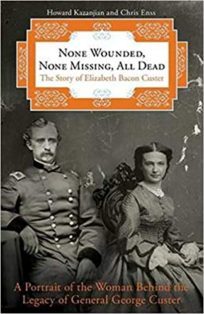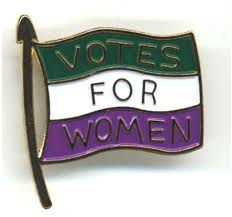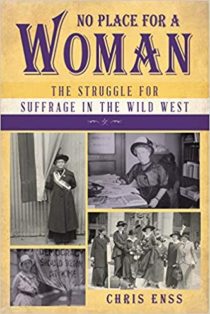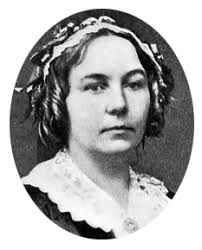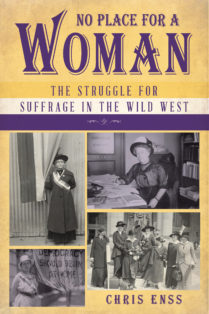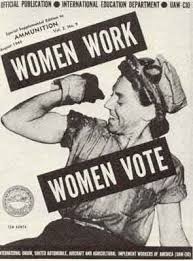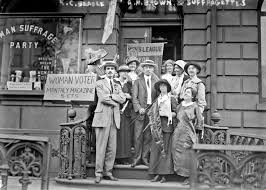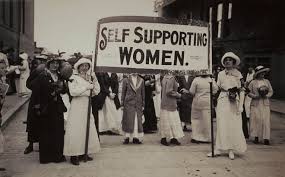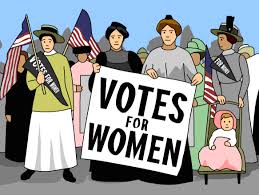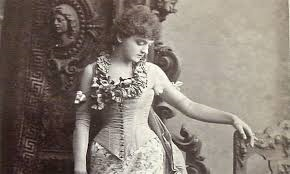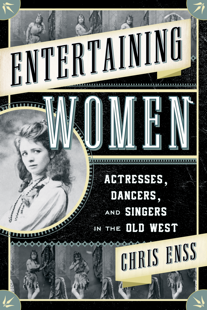Enter now to win a copy of
None Wounded, None Missing, None Dead: The Story of Elizabeth Bacon Custer
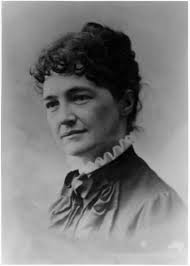
“Daughter, marrying into the army, you will be poor always; but I count it infinitely preferable to riches with inferior society.” Judge Bacon to Elizabeth Custer – 1866
George Custer raced his stallion, Jack, at full speed over the limitless Alkali grass covered plateau miles away from the main entrance of Fort Riley, Kansas. The foam-flecked animal was inches behind Elizabeth and her fast horse, Custis Lee. Both riders urged their horses on to even greater speed, the cold wind biting at their smiling faces.
George steered his ride along the foot of a high hill. Abruptly reaching a steep decline, he brought his horse to a quick halt. Elizabeth, dressed in a black riding skirt, uniform jacket, and an Excelsior hat, and riding sidesaddle pulled further ahead of her husband. Quickly looking around, George turned Jack in the direction of a narrow trail through a flinty apron of rocks. He followed the crude path as it wound around the hill then suddenly dropped back down and came out the other side of the steep decline in front of Elizabeth. She waved playfully at him. The horses found their rhythm and broke into a smooth gallop. Elizabeth glanced over at George and giggled like a little girl. The two rode on towards a distant, tumbled pile of thunderheads, sooty black at their base and pure white as whipped cream where they towered against the dome of the sky.
They slowed their horses and stopped next to a cluster of rocks. George dismounted and helped Elizabeth down from her ride. Draping their arms around one another they stood quietly staring at the land stretched out before them. “The prairie was worth looking over,” Elizabeth noted in her memoirs, “because it changed like the sea.” “People thought of the deep-grass as brown, but in the spring, it could look almost anything else,” she added, “purple, or gold, or red, or any kind of blue. 1 Often when cloud shadows crossed the long swells, the whole prairie stirred, and seemed to mold and flow, as if it breathed.” In late January 1867, the terrain the Custers admired was winter-defeated, lightless and without color.
George loosened the hold he had on Elizabeth and she noticed his expression changed subtly. As post commander he needed to return to his duties. The responsibilities of coordinating and training more than 960 enlisted men was daunting, but the 27-year-old was committed to the task. The occasional outing with Elizabeth gave him incentive to carry on and her a chance to explore the countryside, blissfully unaware of anything other than her husband. “It was delightful ground to ride over Fort Riley,” she remembered years later. “Ah! What happy days they were, for at that time I had not the slightest realization of what Indian warfare was, and consequently no dread.” 2
